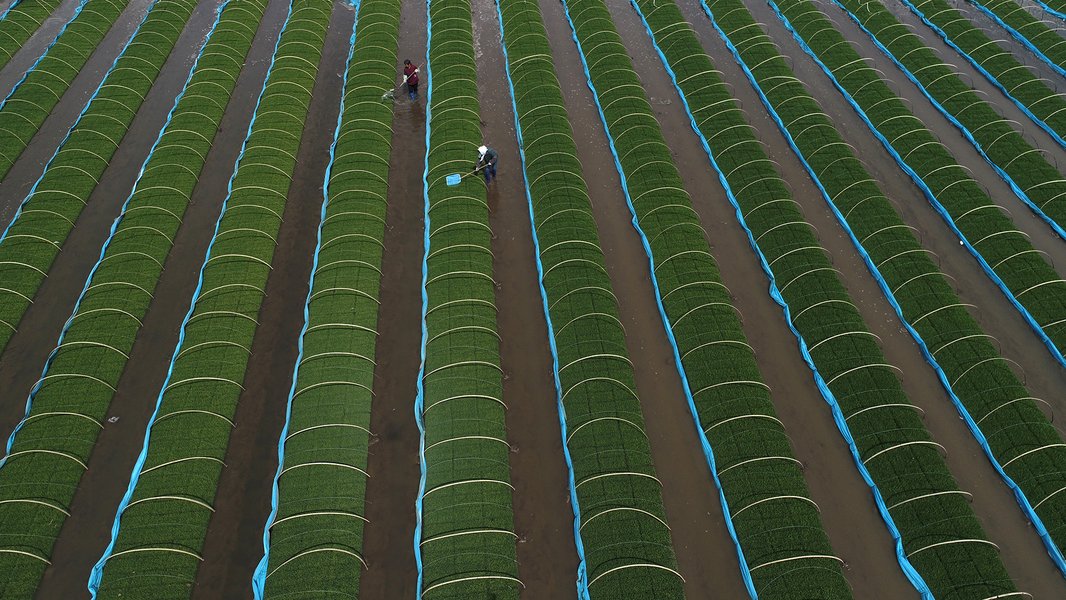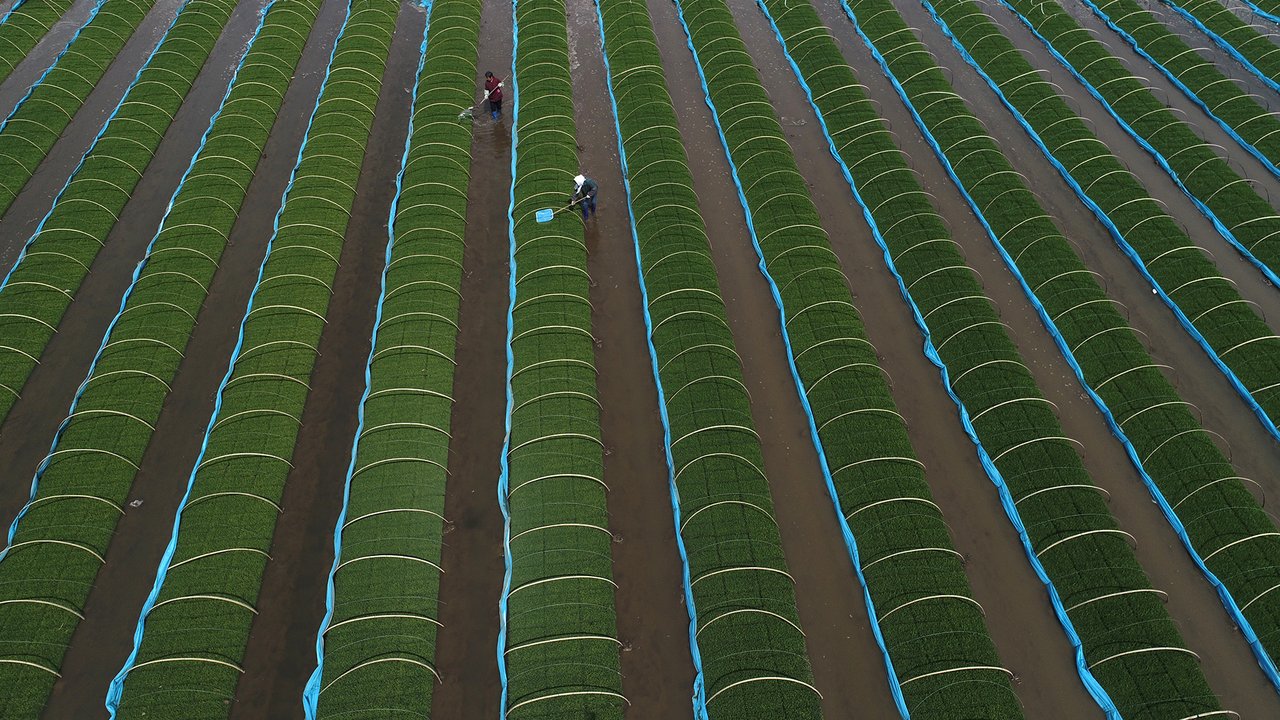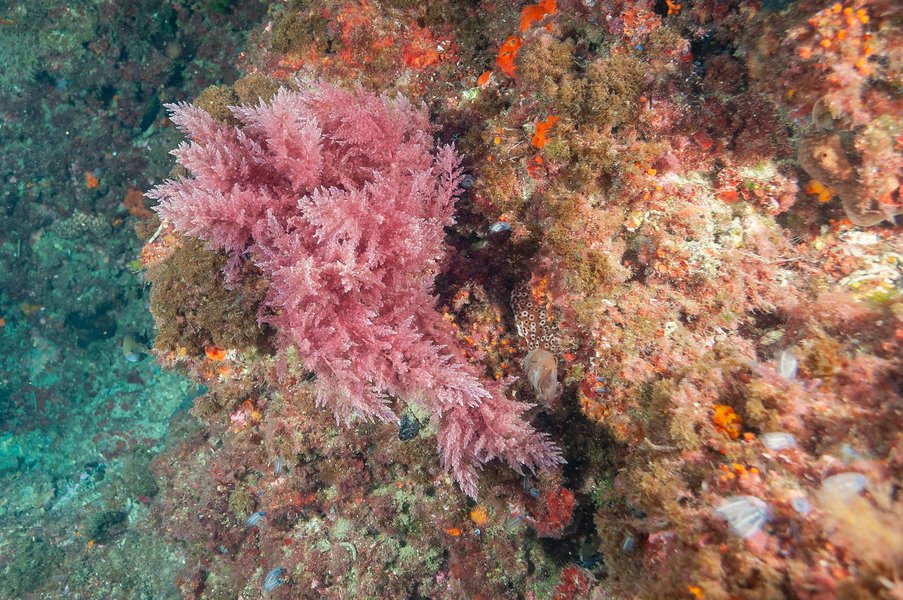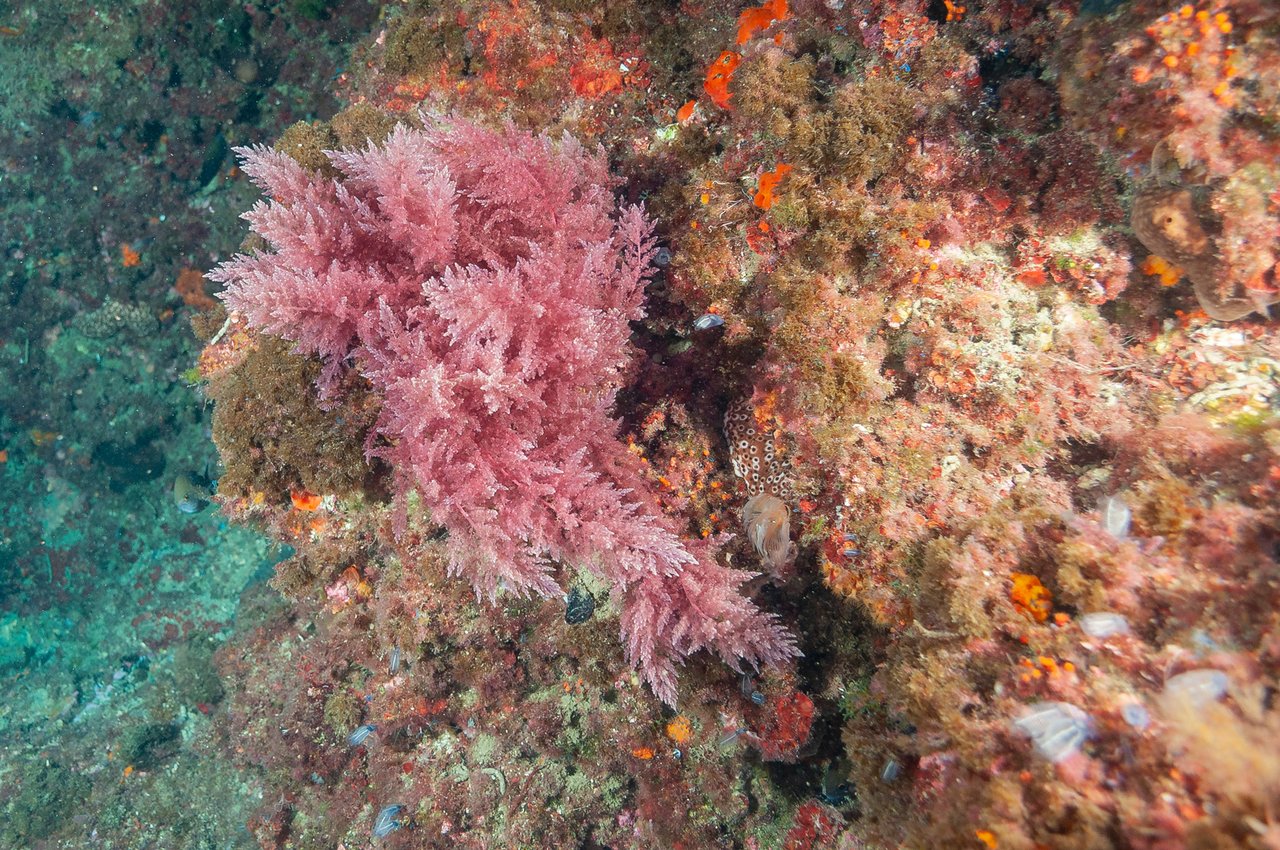As the global population soars, we need to eat and produce food in different ways to sustain humankind and protect the planet’s resources
The world could have as many as 10bn mouths to feed by 2050. That’s 3bn more than a decade ago – and the growing demand poses a major environmental question. How do we produce enough calories to meet this remarkable need without expanding agriculture in ways that compromise our efforts to preserve the natural habitat and respond to the climate crisis?
One thing is clear: the way we grow and produce food will have to change.
Current food systems put too much pressure on the planet. For example:
- Almost 90 per cent of global deforestation is due to agricultural expansion
- Agriculture drives 80 per cent of global land-use change, which in turn threatens biodiversity
- One third of soils are already degraded
- Agriculture accounts for 70 per cent of global freshwater use
This pressure generates a vicious circle because it undermines the resilience of the global systems that agriculture depends on.
Change needs to happen in four key domains. We need to:
- Shift diets away from resource-intensive meat and towards more sustainable, mainly plant-based foods
- Reduce the growth in demand for food by minimising waste
- Increase the productivity of farming methods
- Reduce the greenhouse gas emissions associated with agriculture
Shifting diets
We need to eat “fewer but better” calories. The most effective way to do this is to scale up the consumption of plant-based proteins, and decrease the consumption of animal-based proteins.
To help frame this challenge, scientists have devised what they call the Planetary Health Diet (PHD). This provides guidelines to consumption of different food groups, which together constitute an optimal diet for human health and environmental sustainability.
The PHD emphasises whole grains, fruits, vegetables, nuts and legumes, with significantly smaller proportions of meat and dairy. For a typical meal, about half the plate would comprise vegetables and fruit of different colours, and a third would be whole grains, followed by plant proteins (beans, pulses), some unsaturated oils with optional or modest amounts of animal protein and dairy, and some added sugars and starchy vegetables.
Changing diets in this way will help because the vast majority of current agricultural land is used to support livestock.
Whilst most soyabeans, for example, feed not people but farm animals used for meat – mostly poultry and pigs. This makes soyabean production a good example of how the increasing demand for food can drive deforestation.
Global soya production has escalated over the past 50 years; global production today is more than 13 times higher than it was in the early 1960s. Even since the year 2000, production has more than doubled. To meet this demand, countries often clear forests. For example, in Brazil, land use for soyabean production has tripled since 1980.
Minimising waste
One quarter of food produced for human consumption is not eaten. Waste happens throughout the production and supply chain. In poorer countries most of this loss happens because of inefficient production, whereas in richer countries it tends to occur because people throw away a lot of the food they buy.
According to the European Food Information Council, around 88mn tonnes of food are wasted in the EU every year, with more than half of that from households. We can all help to reduce that by changing the way we shop, cook and plan our meals.
Increasing productivity of farming
To produce extra food without claiming yet more land for agriculture, yields from existing crops and farmland must increase significantly.
A huge sustainable agriculture project in China could point the way. The scheme has significantly boosted crop yields across millions of small farms while, at the same time, cutting the use of damaging nitrogen fertilisers.
Farmers tend to rice seedbeds in northern China
During the decade-long study, scientists analysed agricultural data to work out which practices produced the best yields. They then drew up recommendations, which were passed to about 21mn farmers. For example, the team got rice farmers in north-east China to reduce overall nitrogen use by 20 per cent, while applying more fertiliser late in the growing season and planting the seeds closer together.
The results were impressive. Between 2006 and 2015, crop production for each grain increased 11 per cent, while fertiliser use per crop dropped by 15 per cent. The scale and success of the project has amazed scientists around the world, who are now working to apply the same approach in other countries.
Reducing carbon emissions from agriculture
Food systems are responsible for 34 per cent of global greenhouse gas emissions. Without changes, as agriculture increases so will its carbon footprint.
It is important to note that the chart above is an underestimate. It represents the earliest stages of food production, of just taking foodstuffs to the farm gate. As such it doesn’t include emissions from the impact of land-use change, transport, packaging, retail, processing, consumption and end of life disposal. Collectively, these comprise about two thirds of the total greenhouse-gas footprint for food systems.
Cutting cows' greenhouse emissions
Farming livestock contributes to global warming because cows and other animals belch large amounts of methane, a potent greenhouse gas.
Scientists have found that adding seaweed to the diet of cows can reduce their methane production by 80 per cent. The seaweed, Asparagopsis taxiformis, changes the way the animals digest their fibrous food.
The seaweed, Asparagopsis taxiformis, has been found to limit the methane emissions from cows
Growing more food without causing further damage to our climate and biodiversity is a major challenge. But experts say it can be done – if vigorous action is undertaken in all the highlighted areas. Only through significant change on all these fronts simultaneously, including a global shift towards healthy, more plant-based diets, halving food loss and waste, and improving farming practices and technologies, can we feed 10bn people sustainably by 2050.





